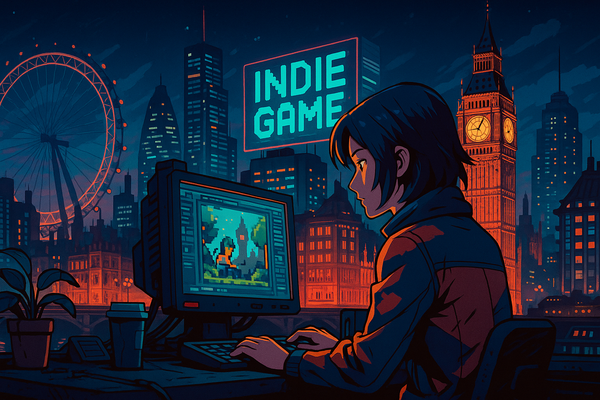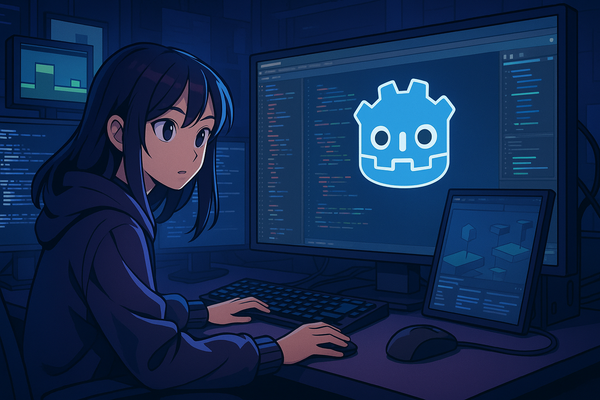How to use player feedback to improve your indie game
Incorporating player feedback is one of the most powerful tools indie developers can use to refine their games and ensure long-term success. It allows developers to enhance gameplay, fix issues, and introduce features that resonate with the player community. This collaborative approach helps create a game that not only aligns with the developer’s vision but also meets player expectations. Here’s how to effectively gather, analyze, and implement player feedback in your indie game.
1. Collecting feedback through multiple channels
The first step in using player feedback effectively is ensuring you gather input from diverse sources. Here are some effective methods:
- In-Game feedback systems: Integrate a feedback system directly into your game, such as surveys or bug-reporting tools. This allows players to provide feedback without leaving the game(Endless Existence)(Video Game Design and Development).
- Community platforms: Actively engage with players on forums, Reddit, Discord, and social media platforms to collect feedback and foster discussion(Go Testify).
- Playtesting and beta testing: Early access and beta testing allow you to gather feedback before launch, helping you refine your game’s mechanics and resolve issues.
2. Analyzing and prioritizing feedback
Not all feedback is equal, and knowing how to categorize it is critical. By organizing player input into categories like bugs, gameplay mechanics, and feature requests, you can identify trends and prioritize issues. Focus on feedback that aligns with your game’s vision and offers the highest potential impact on player satisfaction.
- Quantitative feedback: Analyze patterns in user behavior through metrics like playtime, progression, and failure points.
- Qualitative feedback: Contextualize feedback through detailed player comments and suggestions to uncover deeper insights into their experiences.
3. Implementing feedback in iterative development
An iterative approach to development is essential when incorporating feedback. Regularly update your game with improvements, addressing high-priority issues first (such as game-breaking bugs) and progressively adding new features. Keeping players informed of these changes through patch notes and developer blogs strengthens trust within your community.
4. Balancing player feedback with your vision
While player feedback is invaluable, maintaining the integrity of your game’s original vision is equally important. You can’t implement every suggestion, nor should you. Instead, focus on feedback that enhances your game while staying true to your core objectives.
Understanding core design goals
At the heart of balancing feedback with vision is having a clear understanding of the game’s core design goals. These goals represent the game's identity—the aspects that make it unique and give it purpose. Before implementing any player suggestions, evaluate whether the feedback aligns with these goals.
Filtering out misaligned feedback
Not all feedback will be relevant or beneficial. Some players may suggest changes that don’t suit the intended experience. For instance, feedback that calls for additional difficulty levels or multiplayer elements could shift the game away from what makes it special. Know when to listen and when to filter out feedback that compromises the game’s core experience.
Weighing feedback based on player segments
Consider the source of the feedback. Hardcore players might have different expectations than casual players. By categorizing feedback based on player demographics and aligning it with the intended audience, you can make more informed decisions.
Adapting feedback without losing focus
In some cases, player suggestions can be valuable but may require adaptation to fit the original game vision. By modifying feedback to align with your design principles, you can implement changes that satisfy players without compromising the game's identity.
Transparent communication
When deciding not to implement certain feedback, explain your reasons to the community. Transparency maintains trust and reinforces that the developer is dedicated to the game’s original vision.
Utilizing player feedback effectively can significantly enhance your game’s development process. By actively engaging with your community, analyzing feedback carefully, and implementing changes that align with your vision, you can create a polished, enjoyable game that resonates with players long after release. Balancing player input with your original design goals ensures that the game remains true to its core identity while still incorporating player-driven improvements.




